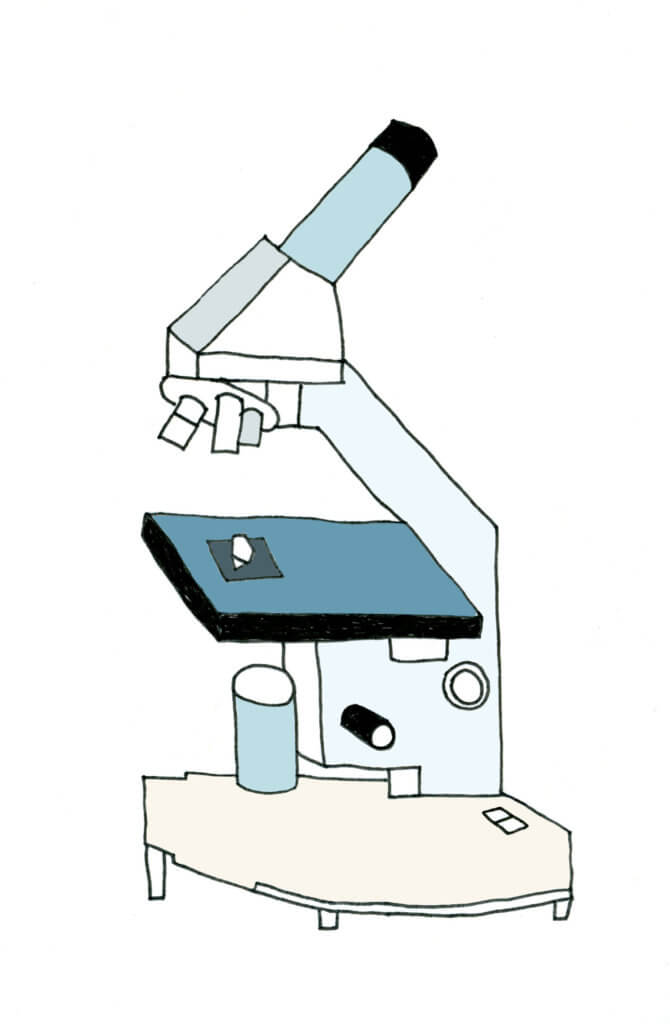Geography and environment department concerned about road salt impacts on freshwaters

Mount Allison students in limnology and advanced geographic information systems (GIS) are working together to create solutions regarding salt overuse on campus. One limnology course is researching the impact of road salt use on freshwater systems in order to develop a plan to address potential impacts.
Geography and environment professor Dr. Joshua Kurek teaches the limnology course – limnology being the study of fresh waters. He said, “Much of what limnologists know about fresh water we study in the summer. This class occurs in the winter, so I wanted to look at a problem that’s looking at lakes and rivers but I wanted students to make that connection with the season – and walking around campus and Sackville in the wintertime, you’re bound to notice salting.”
The project is flexible and encourages creativity in problem-solving. “Those solutions can be as minor as shovelling the snow and ice that builds up in front of doors, or students can take it to the extreme and research different technologies and engineering solutions,” said Kurek.
Dr. Jamie Summers at the University of Waterloo has published research on this topic. On Friday, she guided Mt. A students on their project ideas via video chat.
Regarding solutions, Summers said, “I think a big component of managing salt would be to use less, and I think a good parallel to that is reduce, reuse, recycle. It starts with reduce: we should try to use less. There’s no mechanism where chloride is naturally removed from aquatic systems, and to do it artificially costs a lot of money.”
The project also involves students from the advanced GIS class who are studying where salting may need to be concentrated. “There’s a whole bunch of different variables, so we want to look at where the ice problems are,” said Isabel Sears Surface, a fourth-year environmental studies student in the class. “One thing that we want to do is to try and do a survey of different people and see where they fall on [on ice] campus. Another part of it is looking into the slope and which way the slope is facing. South-facing will get more sun and melt quickly. There’s also the drainage issues, so if there’s a puddle it can freeze and become dangerous.”
The project also involves sharing their findings. “I’m really excited for how we take our project discoveries and result and communicate that to the broader campus community,” Kurek said. “I think the University is also interested in these solutions because it makes campus a safer environment to walk around, it saves money because salt costs us tens of thousands of dollars a year, and we also meet our environmental goals.”
The class decided to communicate their findings to the public using the hashtag #HaltTheSalt.
They also plan to present their ideas to facilities management at the end of the semester.





